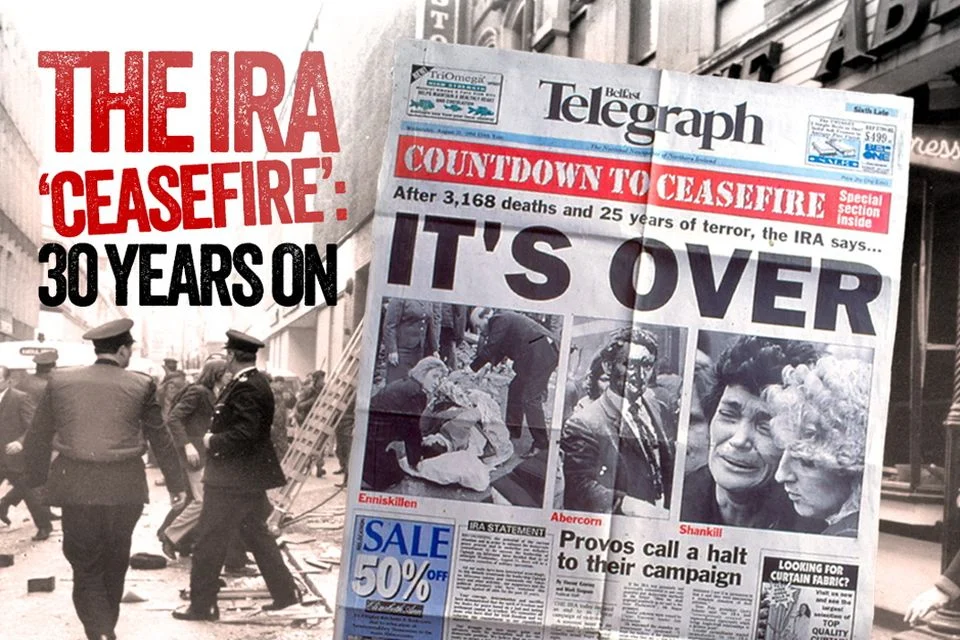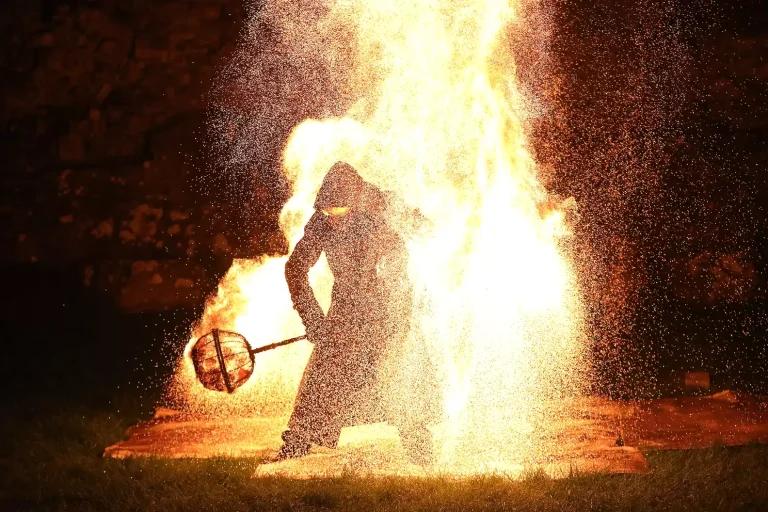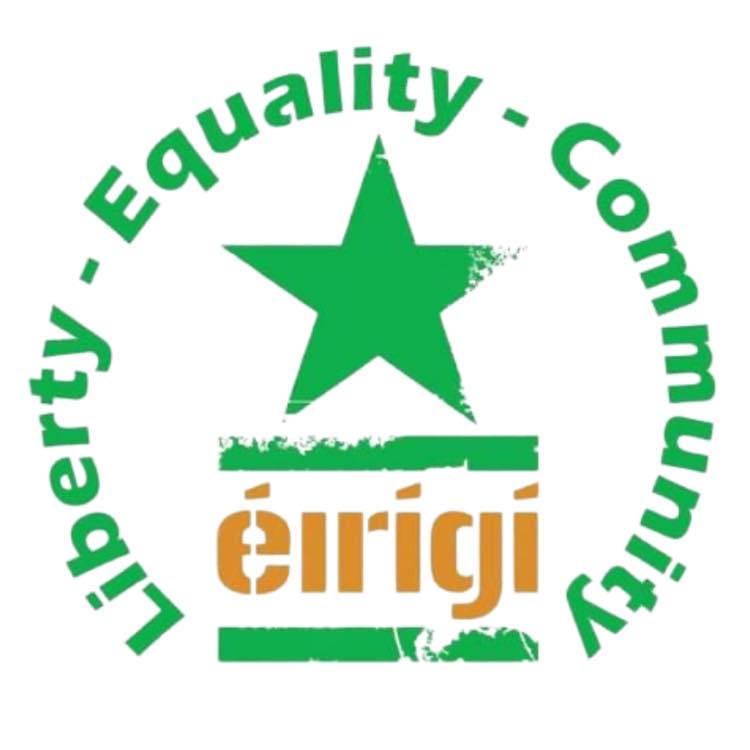

The Troubles: A Legacy of Conflict
The Troubles, spanning from the late 1960s to 1998, was a period of intense conflict in Northern Ireland between republicans, who sought a united Ireland, and unionists, who wished to remain part of the United Kingdom. The Irish Republican Army, particularly its Provisional wing, waged an armed campaign against British forces and unionist paramilitaries, using bombings, assassinations, and guerrilla tactics. The conflict resulted in over 3,500 deaths, with the Provisionals responsible for around 1,800, including civilians, security forces, and paramilitaries. The Good Friday Agreement of 1998 laid the groundwork for peace, establishing power-sharing in Northern Ireland and committing the IRA to disarmament. However, progress stalled due to distrust and delays in IRA decommissioning.
The IRA’s Historic Statement
On July 28, 2005, the IRA issued a landmark statement, declaring that it had instructed its volunteers to end all armed activities and pursue its objectives through “exclusively peaceful and democratic means.” The statement called for all IRA units to “dump arms” and was accompanied by a commitment to complete decommissioning, verified by the Independent International Commission on Decommissioning (IICD). This followed years of negotiations, ceasefires in 1994 and 1997, and partial disarmament overseen by General John de Chastelain.
Gerry Adams, Sinn Féin’s leader, described the announcement as a “courageous and confident initiative” that offered a chance to reinvigorate the peace process. He called on unionists, particularly the Democratic Unionist Party (DUP), to fully engage with the Good Friday Agreement, which included provisions for power-sharing, prisoner releases, and security reforms. The statement came amid pressure from the British and Irish governments, as well as international figures like U.S. envoy Mitchell Reiss, following events like the 2004 Northern Bank robbery and the murder of Robert McCartney, which had damaged the IRA’s credibility.
Impact of the IRA’s Decision
The IRA ends armed campaign announcement was a turning point. On September 26, 2005, the IICD confirmed that the IRA had decommissioned its entire arsenal, a process witnessed by Catholic and Protestant clergy, including Father Alec Reid and Reverend Harold Good. This act restored momentum to the Northern Ireland peace process, leading to the 2006 St Andrews Agreement and the restoration of the Northern Ireland Assembly in 2007, with Sinn Féin and the DUP sharing power. The decision marked the end of a violent chapter, though challenges like dissident republican activity and community reconciliation persisted.
FAQs About the IRA’s 2005 Statement and The Troubles
1. What Did the IRA’s 2005 Statement Say?
The IRA statement 2005 announced the end of its armed campaign, instructing volunteers to cease all military activities and pursue goals through peaceful means. It committed to IRA decommissioning, with arms to be “put beyond use” under IICD supervision. The statement aimed to advance the Good Friday Agreement and was seen as a response to political and public pressure for peace.
2. Why Did the IRA End Its Armed Campaign?
The IRA’s decision was driven by several factors: the Good Friday Agreement’s framework for peace, international pressure from the U.S. and EU, and declining public support after incidents like the Northern Bank robbery. Gerry Adams and Sinn Féin sought to shift focus to political negotiations, recognizing that continued violence hindered a united Ireland. The 2005 statement aimed to rebuild trust and advance the Northern Ireland peace process.
3. What Was the Good Friday Agreement?
The Good Friday Agreement, signed on April 10, 1998, was a historic peace accord that ended most violence in The Troubles. It established a power-sharing government in Northern Ireland, reformed policing, released prisoners, and committed paramilitaries like the IRA to disarmament. The IRA statement 2005 was a critical step in fulfilling its decommissioning obligations.
4. Who Was Gerry Adams, and What Was His Role?
Gerry Adams, president of Sinn Féin from 1983 to 2018, was a key figure in the Northern Ireland peace process. While denying IRA membership, he was instrumental in negotiating ceasefires and the Good Friday Agreement. His 2005 call for unionists to embrace the agreement underscored his shift toward political solutions, amplifying the impact of the IRA ends armed campaign announcement.
5. How Many Lives Were Lost in The Troubles?
The Troubles claimed approximately 3,500 lives between 1968 and 1998, including civilians, security forces, and paramilitaries. The Irish Republican Army, particularly the Provisionals, was responsible for around 1,800 deaths, including 1,000 security personnel, 600 civilians, and 200 loyalist paramilitaries. The conflict’s toll underscored the urgency of the IRA statement 2005 for peace.
6. What Happened to IRA Weapons After 2005?
Following the IRA statement 2005, the IRA decommissioning process was completed by September 26, 2005, with the IICD verifying that all IRA weapons, including rifles, explosives, and mortars, were “put beyond use.” Independent witnesses, including clergy, confirmed the process, marking a significant milestone in the Northern Ireland peace process.
7. Why Was the IRA’s Statement Significant?
The IRA ends armed campaign announcement was a game-changer, signaling the end of a 36-year violent campaign. It restored trust in the Good Friday Agreement, enabled power-sharing with unionists, and paved the way for the 2007 Northern Ireland Assembly. The statement, coupled with IRA decommissioning, demonstrated a commitment to peace, though dissident groups continued sporadic violence.
8. What Challenges Remained After 2005?
Despite the IRA statement 2005, challenges persisted. Dissident republican groups, like the Real IRA, rejected the peace process, launching attacks like the 2009 Massereene Barracks shooting. Unionist skepticism, particularly from the DUP, delayed full implementation of the Good Friday Agreement. Community reconciliation and addressing the legacy of The Troubles remain ongoing issues.
The Role of Gerry Adams and Sinn Féin
Gerry Adams played a pivotal role in steering the republican movement toward peace. His leadership in Sinn Féin, alongside figures like Martin McGuinness, facilitated the IRA’s shift from violence to politics. Adams’ 2005 statement urging unionists to embrace the Good Friday Agreement was a call for mutual compromise, reflecting his belief that a united Ireland could be achieved democratically. His influence helped transform Sinn Féin into a major political force, sharing power with the DUP by 2007.
The Legacy of the 2005 IRA Statement
The IRA ends armed campaign announcement marked the end of a violent era and a new chapter for Northern Ireland. The completion of IRA decommissioning in September 2005 was a concrete step toward peace, enabling the restoration of devolved government. The Northern Ireland peace process continues to inspire global conflict resolution, with the Good Friday Agreement as a model for power-sharing. Annual commemorations, such as those at Belfast’s peace walls, honor the victims of The Troubles and celebrate progress toward reconciliation.
Why the IRA’s 2005 Decision Matters Today
The IRA statement 2005, announced on July 28, 2005, remains a cornerstone of the Northern Ireland peace process. It demonstrated that even deeply entrenched conflicts could find resolution through dialogue and compromise. Visiting sites like Belfast’s peace walls or exploring the history of the Good Friday Agreement offers a connection to this transformative period. The sacrifices of those lost in The Troubles and the courage of leaders like Gerry Adams remind us of the power of peacebuilding.
Conclusion
The IRA ends armed campaign announcement on July 28, 2005, was a historic milestone, ending 36 years of violence in The Troubles. Gerry Adams’ call to embrace the Good Friday Agreement and the completion of IRA decommissioning revitalized the Northern Ireland peace process. With 3,500 lives lost, including 1,800 attributed to the IRA, this moment offered hope for reconciliation. Share this story, visit Belfast’s peace walls, or support initiatives like the Northern Ireland Peace Foundation to honor this legacy.





